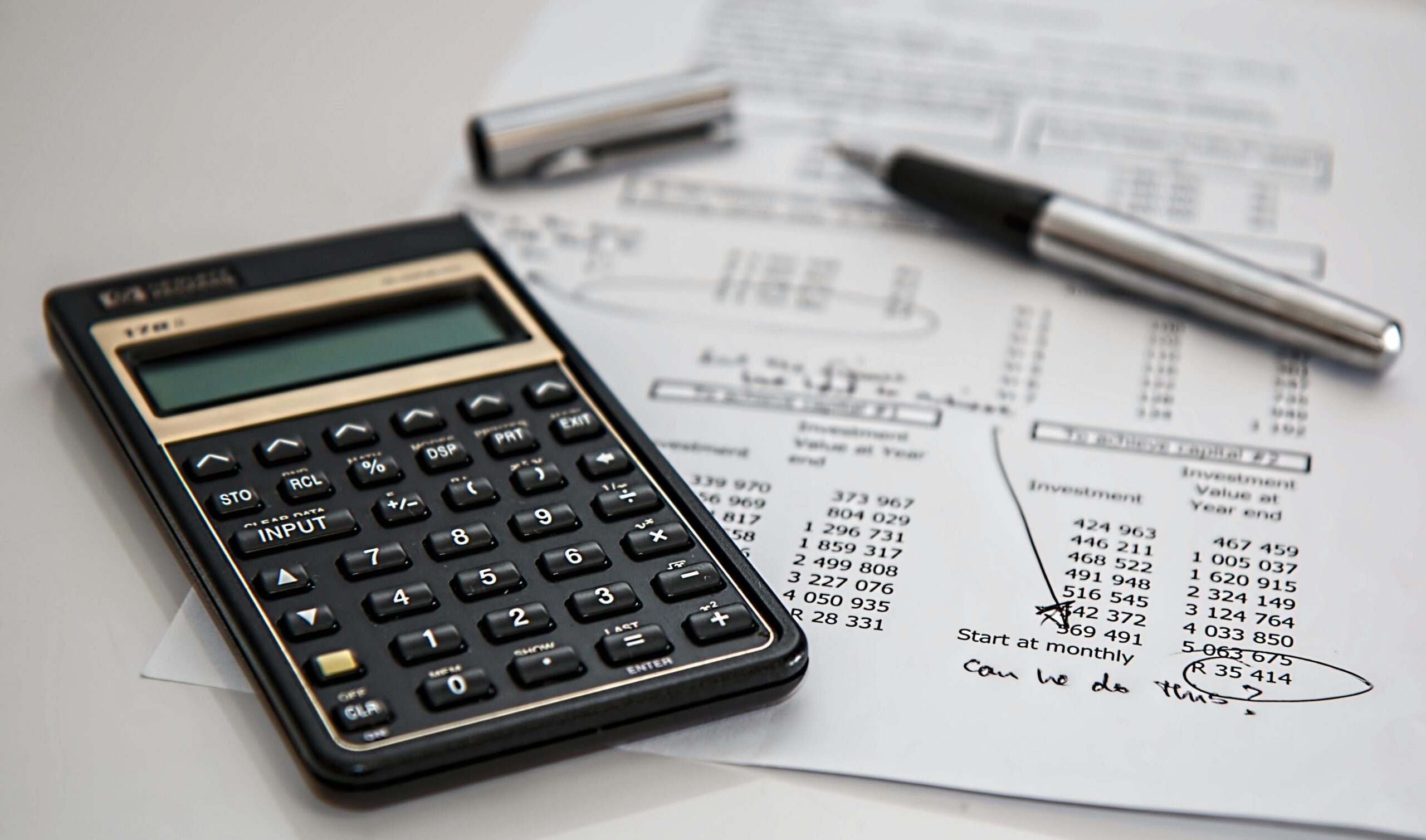Creating a budget that you can stick to is a crucial step towards financial stability and achieving your financial goals. Many people struggle with budgeting because they either find it too restrictive or too complicated. Here’s a guide on how to create a budget that actually works for you, ensuring you can manage your money effectively without feeling overwhelmed.
Understanding the Importance of Budgeting
Why is budgeting important? A well-planned budget helps you track your income and expenses, ensuring you live within your means. It also helps you save for future goals, avoid debt, and make informed financial decisions.
Determine Your Financial Goals
Before you start budgeting, identify your financial goals. Are you saving for a vacation, a down payment on a house, or retirement? Having clear goals will motivate you to stick to your budget. For example, if you’re saving for a vacation, knowing how much you need and when you plan to go can help you set aside the right amount each month.
Track Your Income and Expenses
To create an effective budget, you need to know where your money is coming from and where it’s going. Start by listing all sources of income, such as your salary, freelance work, or rental income. Next, track all your expenses for a month. Categorize them into fixed expenses (rent, utilities, car payments) and variable expenses (groceries, entertainment, dining out).
Choose a Budgeting Method
There are several budgeting methods to choose from. Here are a few popular ones:
- 50/30/20 Rule: This method allocates 50% of your income to needs, 30% to wants, and 20% to savings and debt repayment.
- Zero-Based Budget: Every dollar of your income is assigned a specific purpose, ensuring that your income minus expenses equals zero.
- Envelope System: Allocate cash for different spending categories into envelopes. When an envelope is empty, you can’t spend any more in that category until the next budget period.
Set Up Your Budget
Using the method that suits you best, set up your budget. Here’s an example of a simple budget using the 50/30/20 rule:
- Needs (50%):
- Rent/Mortgage: $1000
- Utilities: $200
- Groceries: $300
- Transportation: $150
- Insurance: $100
- Wants (30%):
- Dining Out: $150
- Entertainment: $100
- Shopping: $150
- Subscriptions: $50
- Savings and Debt Repayment (20%):
- Emergency Fund: $100
- Retirement Savings: $200
- Debt Repayment: $200
Monitor and Adjust
A budget isn’t a set-it-and-forget-it tool. Regularly review your budget to ensure you’re staying on track. Adjust categories as needed to reflect changes in income or expenses. For example, if you notice you’re consistently overspending on dining out, consider reallocating funds from another category or finding ways to cut back.
Use Budgeting Tools
Take advantage of budgeting tools and apps to make tracking easier. Apps like Mint, YNAB (You Need A Budget), and EveryDollar can help you manage your budget, track expenses, and set financial goals.
Tips for Sticking to Your Budget
- Automate Savings: Set up automatic transfers to your savings account to ensure you save consistently.
- Reduce Unnecessary Expenses: Identify areas where you can cut back, such as subscriptions you don’t use or dining out less frequently.
- Plan for Emergencies: Build an emergency fund to cover unexpected expenses, so they don’t derail your budget.
- Reward Yourself: Set small rewards for sticking to your budget, like a movie night or a treat. This can keep you motivated.
Summary: Key Steps to Create a Budget That Works
- Identify your financial goals to stay motivated.
- Track your income and expenses to understand your financial situation.
- Choose a budgeting method that suits your needs.
- Set up your budget and allocate funds to different categories.
- Monitor and adjust your budget regularly.
- Use budgeting tools to simplify tracking.
- Stick to your budget by automating savings, reducing expenses, planning for emergencies, and rewarding yourself.
By following these steps, you can create a budget that not only helps you manage your finances but also aligns with your lifestyle and goals. Remember, the key to a successful budget is consistency and flexibility.

